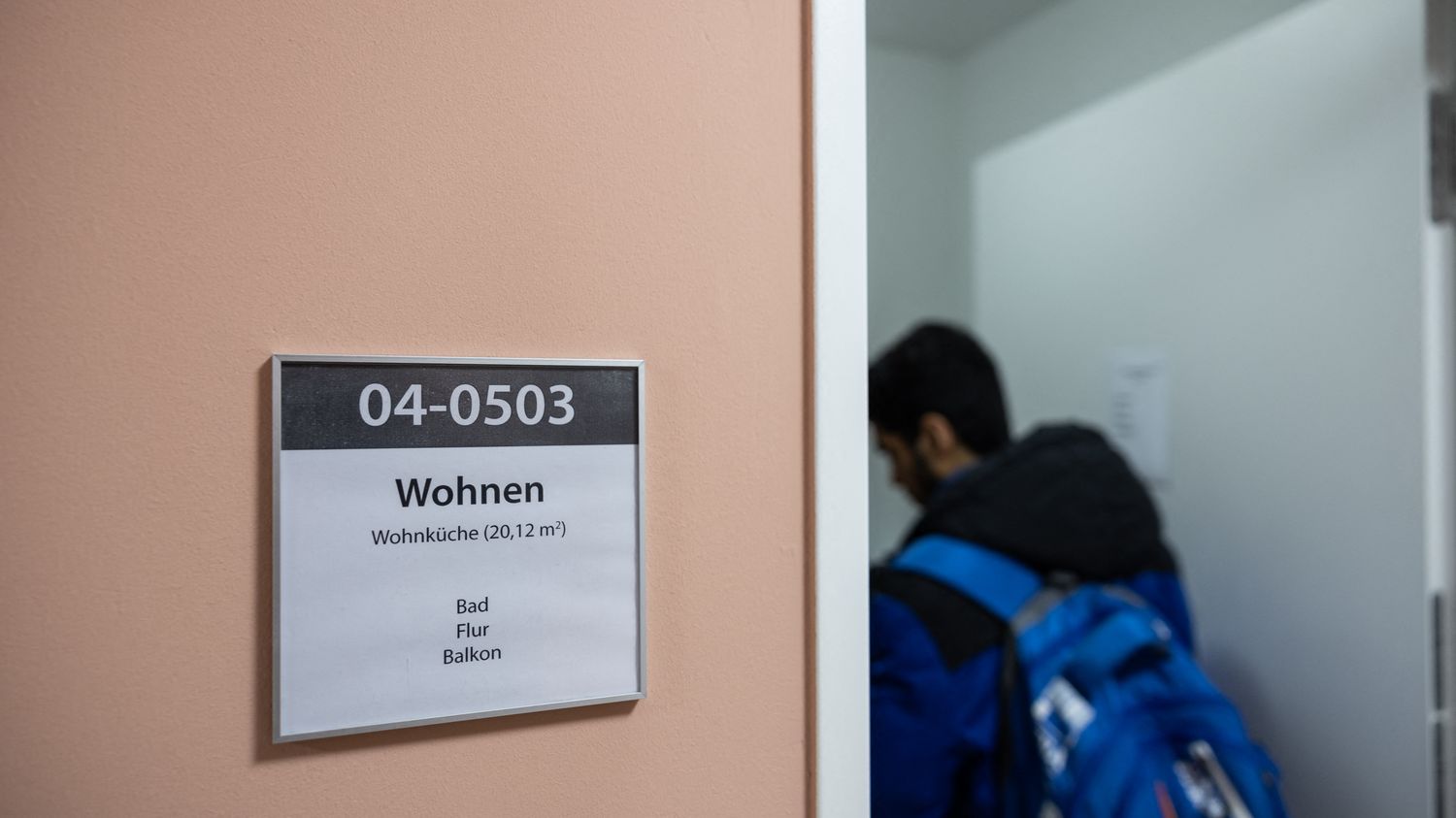A record 142,500 people applied for asylum in France in 2023, an increase of 8.6%. This increase is, however, much less significant than those observed in Germany (+51%) and Spain (+37%). Our correspondents describe the situation on site.
Published
Reading time: 5 min

In the European ranking of asylum requests, France is in third place, far behind Germany. While France recorded 142,000 requests in 2023, with an increase of 8.6%, Germany is the first in the ranking: 350,000 people made an asylum request in 2023. This is a spectacular increase of more than 50% compared to 2022.
If in France, Afghanistan remains for the sixth consecutive year the leading country of origin for asylum seekers (with more than 17,500 first requests), it is not the same in Spain. There, the top three countries of origin for applicants are Venezuela (more than 60,000 applications in 2023), Colombia (53,000), and Peru (nearly 14,000). These three countries together represent 79% of asylum requests received in 2023 in Spain.
In Germany, a need for labor and pressure from the far right
The figures for Germany do not take into account the arrival of the Ukrainians. As war refugees, they benefit from a separate status and automatic temporary protection (around a hundred thousand of them arrived in 2023). The 50% increase in asylum requests therefore concerns other countries. And this is an average, the peak rose to 80% in the first half of 2023 and then at the end of the summer, there was a turning point. The progression of the far right in regional elections has pushed the ruling parties to tighten the screw. New laws have been adopted and border controls strengthened. Illegal immigration fell by 40% at the end of the year and the Interior Ministry announced increased expulsions of illegal immigrants. Projections for 2024 are instead based on a figure of 200,000 arrivals in Germany
Since the massive reception of refugees from the war in Syria, more than a million in 2015-2016, opinion has changed. In the fall, in an INSA poll, three-quarters of those questioned considered that Germany should no longer take any additional refugees, due to a lack of exhausted capacities. Mayors in the municipalities have been calling for help for months. Thousands of accommodation places are lacking in many regions and there is also a shortage of hundreds of teachers to teach children. But one of the current government’s priorities is to regain budgetary balance, not to finance solidarity.
Germany therefore continues to operate gropingly, between displayed firmness and its economic and social interests. Faced with demographic decline,he country, to maintain its standard of living, needs 400,000 new entrants per year. It is immigrants who often hold an already strained health system at arm’s length. In Brandenburg, for example, one in five doctors is foreign. THE Despite everything, a feeling of fear is growing against immigration. In Saxony, according to a barometer published on Wednesday, more than half of the people questioned “feel like strangers in their own country”, because of the presence of foreigners, who only represent 7% of the population in this region. A situation that the far right, second party in the polls, is exploiting in this election year.
In Spain, reception conditions are not always up to par and xenophobia is increasing
In 2023, Spain recorded an increase in asylum applications reaching +37%. It is one of the European countries where the number of requests remains the highest. But if we think of the images of migrants arriving on the beaches of the Canaries or Andalusia, on makeshift boats, the majority of applicants are primarily from Venezuela, Colombia and Peru. Nuria Díaz, spokesperson for CEAR, an NGO helping refugees, explains: “Most media focus on our southern borders, and this gives the impression that the majority of asylum seekers arrive by sea in makeshift boats, but that is not the reality. Today the majority of people seeking asylum arrive by plane.” Latin American nationals are obviously attracted by the proximity of culture and language.
But Spain is not the most generous country on the continent, with 16.5% granting refugee status, compared to 38% for the European average. Spain nevertheless issues residence and work permits for humanitarian reasons. It is mainly Venezuelans who benefit from it, 41,000 people have received this authorization valid for one year. This status is less protective than that of refugee but is not included in the statistics on the right to asylum.
As elsewhere, the subject fuels political debates. The far right criticizes the reception of migrants and refugees, particularly those from Africa or Muslim countries. Nuria Díaz, from CEAR, deplores: “We are observing a trend in Europe, not just in Spain, of an increase in racist and xenophobic discourse, as well as the criminalization of migrants and refugees. This is largely explained by the appearance of anti-immigration political parties. This provokes hateful behavior and crimes against these people.” From the other side, on the left, the government is also criticized when it allows itself to be overwhelmed by demand. This is currently the case at Madrid Barajas airport. Dozens of migrants are crammed into rooms, in deplorable hygienic conditions, while waiting for a decision to be made on their fate.
